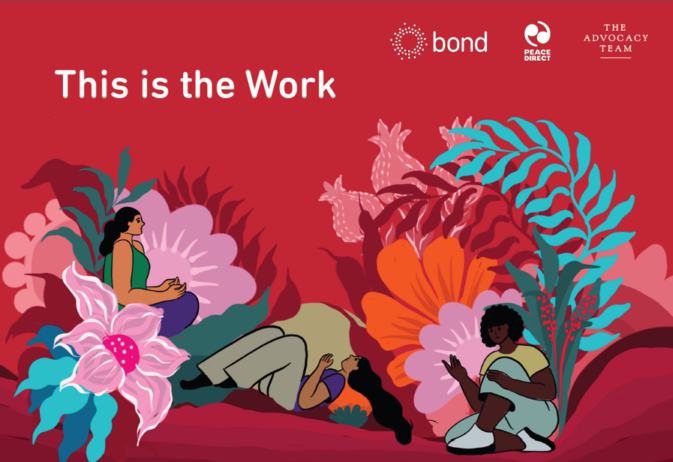Why 2020 will be a decisive year for neglected tropical diseases
On 30 January the first-ever World NTD Day will mark eight years since governments, donors, pharmaceutical companies, research institutions and NGOs from around the world met in London to forge a landmark global agreement to act on neglected tropical diseases (NTD).
This milestone is known as the London Declaration, and its anniversary seems an apt moment to celebrate what we have achieved in the years since, and reflect on what is still left to do.
NTDs are a group of parasitic and bacterial diseases like trachoma, river blindness and lymphatic filariasis. They can cause avoidable blindness, disability and disfigurement. They’re known as ‘neglected’ because, historically, they did not spark the same public attention or investment as other diseases such as malaria or Ebola. Yet they continue to affect some of the most ignored and vulnerable communities in the world.
Despite being easily preventable and treatable, NTDs affect millions of people, robbing individuals, and sometimes whole families, of the opportunity to work or attend school. This can trap communities in a cycle of poverty.
Since 2012, 31 countries have eliminated at least one NTD – an incredible achievement. The end of NTDs are in sight, but we are not there yet.
Subscribe to our newsletter
Our weekly email newsletter, Network News, is an indispensable weekly digest of the latest updates on funding, jobs, resources, news and learning opportunities in the international development sector.
Get Network NewsWorldwide, 1.6 billion people remain at risk. As we begin what will be a decisive year for NTDs – at the World Health Assembly in May, the World Health Organization is expected to launch an NTD roadmap designed to drive progress up to 2030 – those working to eliminate NTDs urgently need additional funding and support.
The gains that have been made since the London Declaration on NTDs are impressive. Take trachoma, for instance, the most common infectious cause of blindness in the world. In 2012, Oman became the first country to officially eliminate the disease as a public health problem. They were followed by Morocco, Mexico, Cambodia, Laos, Ghana, Nepal and Iran in the ensuing years.
A year later, WHO announced that the number of people at risk of trachoma had fallen from 1.5 billion in 2002 to just over 142 million in 2019 – a reduction of 91%. More than 100 organisations, including Sightsavers, worked together to tackle the disease.
The current success rate suggests it is possible to eliminate blinding trachoma as a public health problem globally within the next generation. But we will not get there unless we come together across sectors, countries and communities to renew global commitments and ensure this incredible rate of progress continues.
Sightsavers has delivered over 1.2 billion treatments for five NTDs to date. But we could not have done so without working closely with health ministries, affected communities, drug donation programmes, local volunteers and other international organisations. We will continue to work in partnership to ensure the gains that have been made are sustained and the problems at the root of NTDs, such as access to clean water, sanitation facilities and education, are effectively addressed.
As we kick off a crucial year in the fight to eliminate NTDs, it is important to recognise all that has been achieved by working in collaboration. We also need to acknowledge that wiping out these diseases is an enormous task. we must continue to inspire and rally support for the work that remains to be done.
Category
News & viewsThemes
Funding



